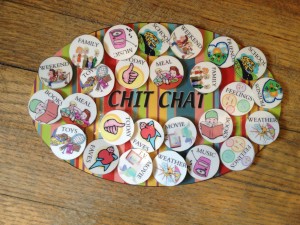Many strategies to help individuals on the autism spectrum organize and prioritize their daily activities propose using visual supports, color coding, lists, and other teaching materials such as timers and sequence cards. Understanding the concept of time and honing critical thinking and expressive language skills early in development is especially vital to creating plans and making conversation independently later on in life.
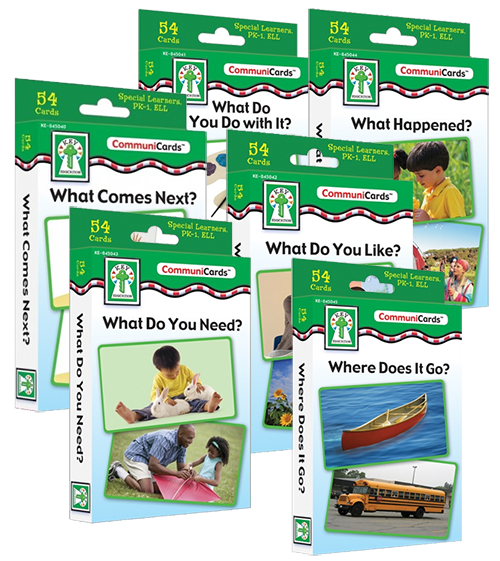
Our Pick of this Week this week features the ConversaCards, which were developed to encourage organization, critical thinking, and conversation skills in children. The ConversaCards include six different packs: What Comes Next?, What Do You Do With It?, What Do You Like?, What Do You Need?, What Happened?, and Where Does It Go?
This week only, save 15% on your order with any one of these packs of ConversaCards by using promo code BLOGCNV3 at checkout!
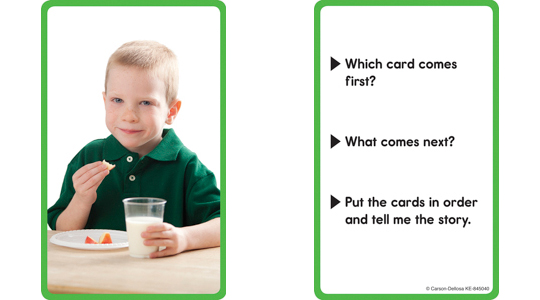
What Comes Next? invites young learners to speculate about sequences of events. Full-color photographs on the cards show children performing sequential activities in identifiable scenarios in series of 2 and 3 cards. Designed to develop effective conversation, listening and social skills, these cards are easy to use and are developmentally appropriate for all levels.

What Do You Do With it? invites children to speculate about the uses for the everyday objects shown. The photographic objects contain relatable images such as a toothbrush, piano, towel, alarm clock, keys, and ice cream scoop. This set ultimately improves conversation and critical thinking skills, in addition to social skills and sorting in learners.
What Do You Like? invites young learners to identify and share their preferences as well as their reasoning. Designed to promote effective communication and social skills, these cards depict photographs of common objects and scenarios that will encourage analysis and self-awareness.
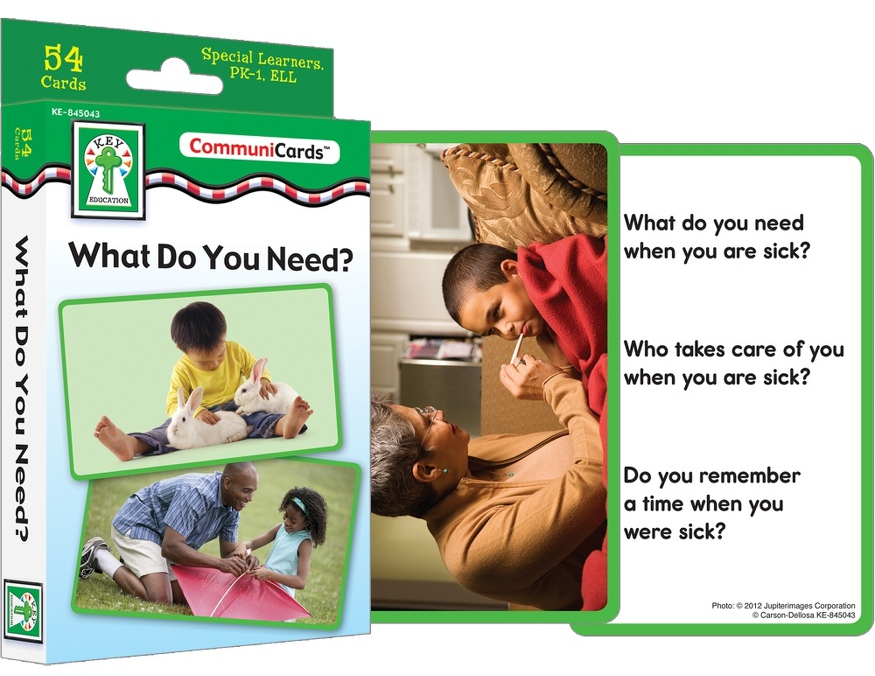
What Do You Need? cards were developed to encourage sequencing and critical thinking and invites children to speculate about the possible next steps necessary in order to continue with an activity. Created to promote listening, conversation, and social skills, these cards also inspire creative story-telling.
What Happened? cards were developed to build language skills while inspiring story-telling. These cards are fun and easy to use, so children will enjoy working with them independently or in lessons.
Where Does It Go? cards will encourage children to categorize and place identifiable items, furthering critical thinking while building conversation skills in creative story-telling and sharing experiences.
The back of each card in the ConversaCards™ series contains questions and prompts that can be used for independent work, in one-on-one sessions, or in group lessons. Learning to respond to “what” and “where” questions is the foundation of conversation and expressive language. These flashcards can be used to teach sequencing, storytelling, and logical thinking for a wide range of ability levels. Each deck contains 54 3″ x 5″ cards, a resource guide containing helpful prompts, questioning strategies, and suggested lesson ideas.

This week only, save 15% on your order of any one of our six ConversaCards by entering in the promo code BLOGCNV3 at checkout!*
*Offer expires on May 28, 2013 at 11:59 pm EST. Not compatible with any other offer. Be sure there are no spaces after the Promo Code when you enter it at checkout.
 It’s not easy for any teen or tween to fit in, but it can be especially tough for Asperkids. Jennifer O’Toole knows this first-hand, and has written a book she only wishes she had when she was a teen with Asperger Syndrome.
It’s not easy for any teen or tween to fit in, but it can be especially tough for Asperkids. Jennifer O’Toole knows this first-hand, and has written a book she only wishes she had when she was a teen with Asperger Syndrome.

 Teaching language skills is one of the most frequent needs for children with autism, but also one of the most misunderstood skillsets amongst both parents and practitioners. The desire to hear your learner speak in full sentences can be overwhelming, making it especially difficult to take a step back and consider what it means to communicate and how communication skills develop in neurotypical children. Many times we get hung up on what a child should be capable of communicating at a certain age, rather than focusing on what they are capable of communicating at this stage of development.
Teaching language skills is one of the most frequent needs for children with autism, but also one of the most misunderstood skillsets amongst both parents and practitioners. The desire to hear your learner speak in full sentences can be overwhelming, making it especially difficult to take a step back and consider what it means to communicate and how communication skills develop in neurotypical children. Many times we get hung up on what a child should be capable of communicating at a certain age, rather than focusing on what they are capable of communicating at this stage of development.


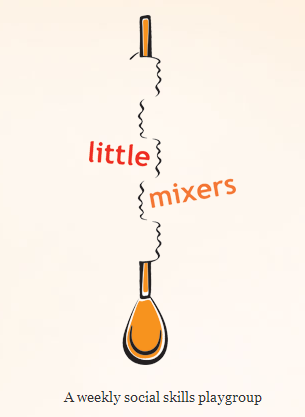
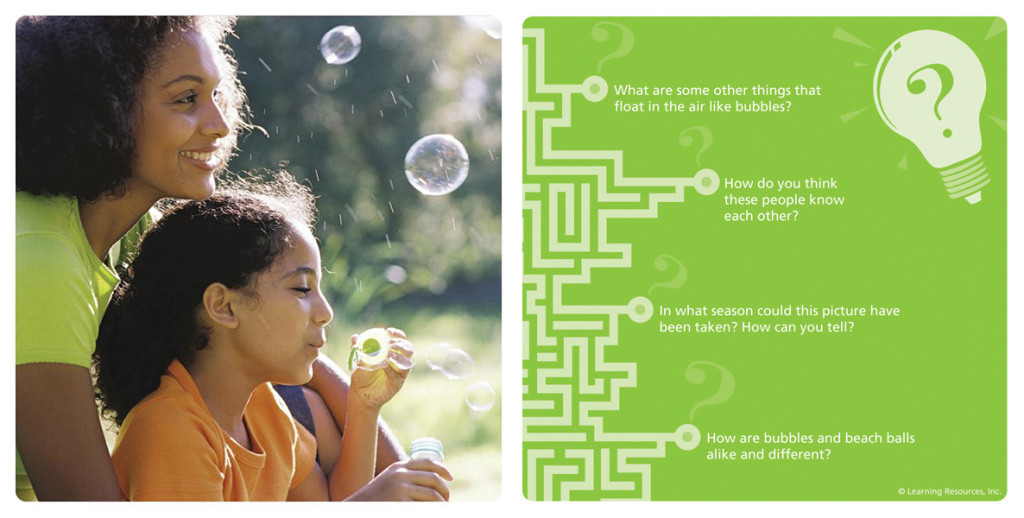


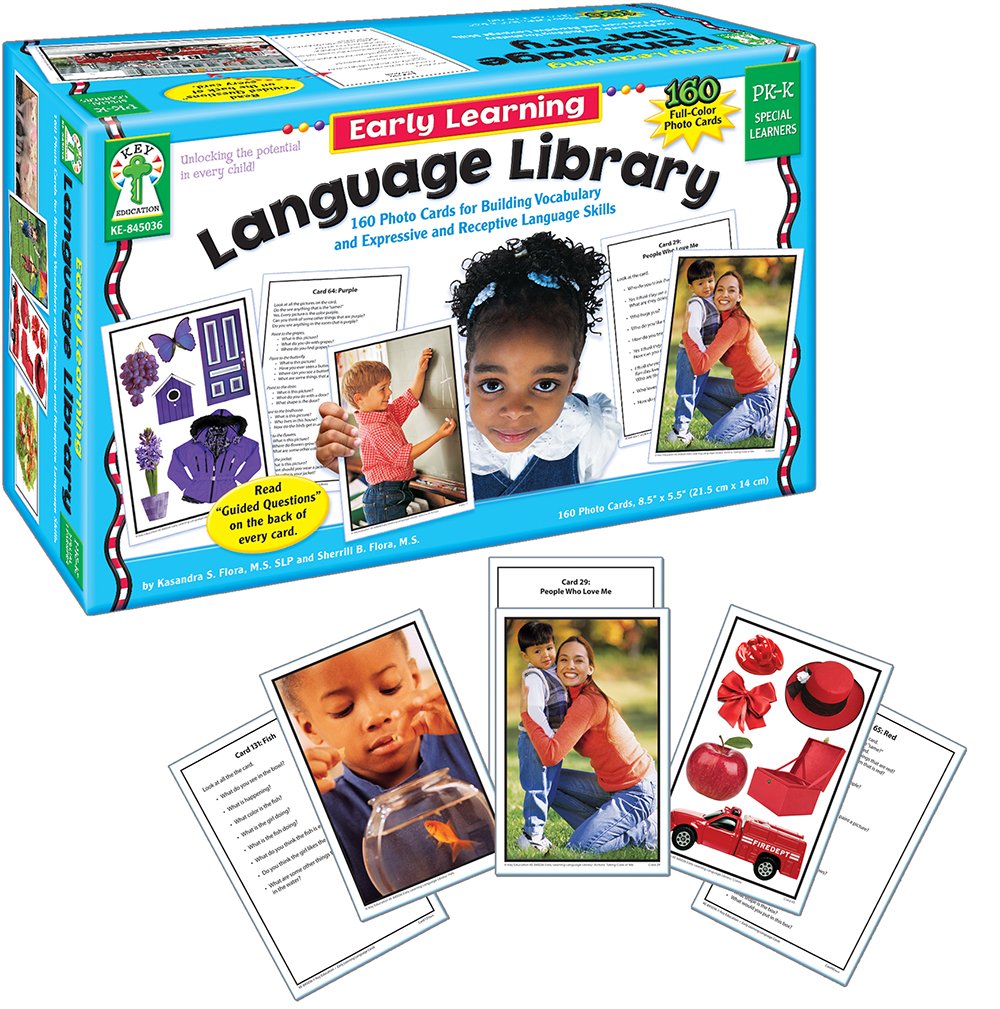 Suitable for children in preschool and kindergarten, these cards include photographs of everyday objects and people with guided questions and encouraging prompts on the back of each card to help teach effective communication skills and improve critical thinking.
Suitable for children in preschool and kindergarten, these cards include photographs of everyday objects and people with guided questions and encouraging prompts on the back of each card to help teach effective communication skills and improve critical thinking.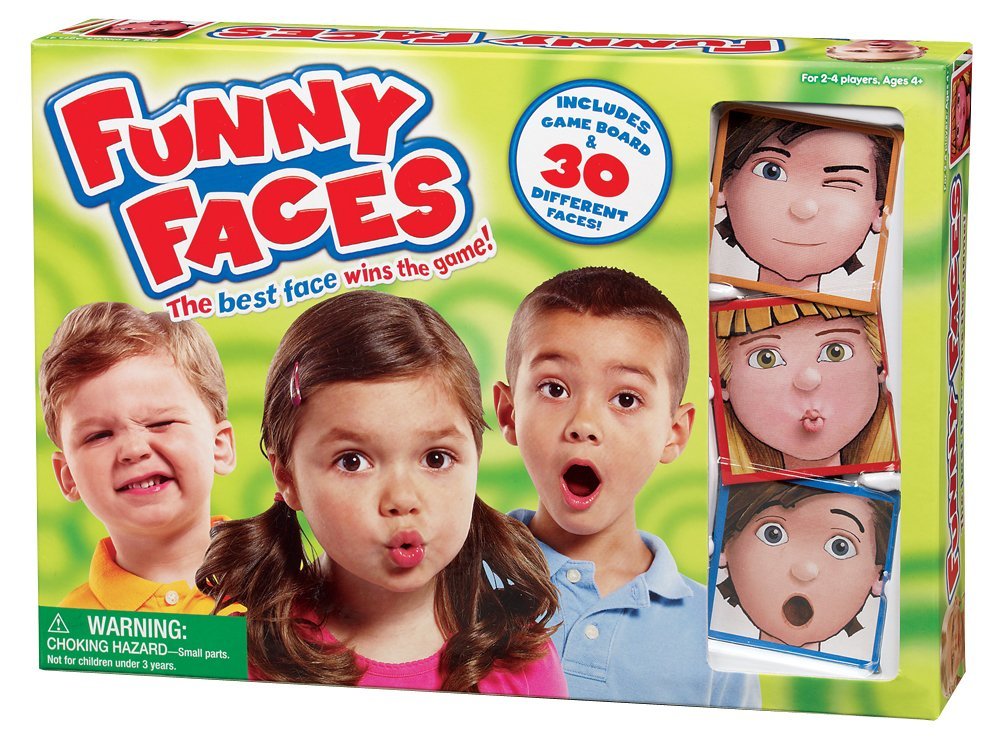
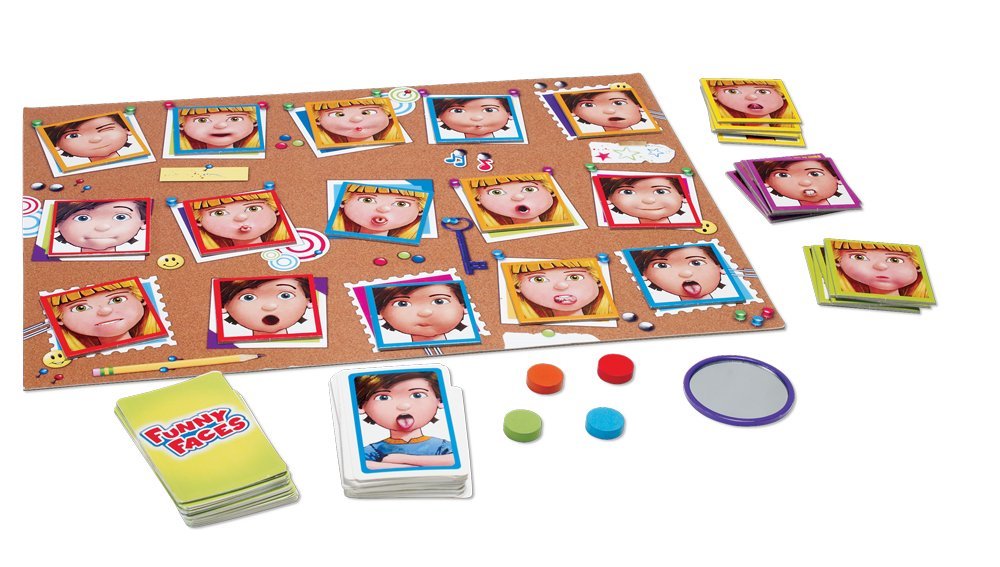





 The I See I Learn series introduces a neighborhood of gentle, caring individuals, who respect and nurture each other. The stories are infused with experiences in which our fictional friends Freda, Percy, Emma, Carlos, Camille, and Ajay learn basic life lessons by effecting positive results.
The I See I Learn series introduces a neighborhood of gentle, caring individuals, who respect and nurture each other. The stories are infused with experiences in which our fictional friends Freda, Percy, Emma, Carlos, Camille, and Ajay learn basic life lessons by effecting positive results.


